PPT-THE SOXs MISSION Partha
Author : adah | Published Date : 2023-10-26
Chowdhury University of Calcutta West Bengal India Outline Introduction to the Sun Solar Activity Small and Large scale activity Characteristic properties of
Presentation Embed Code
Download Presentation
Download Presentation The PPT/PDF document "THE SOXs MISSION Partha" is the property of its rightful owner. Permission is granted to download and print the materials on this website for personal, non-commercial use only, and to display it on your personal computer provided you do not modify the materials and that you retain all copyright notices contained in the materials. By downloading content from our website, you accept the terms of this agreement.
THE SOXs MISSION Partha: Transcript
Download Rules Of Document
"THE SOXs MISSION Partha"The content belongs to its owner. You may download and print it for personal use, without modification, and keep all copyright notices. By downloading, you agree to these terms.
Related Documents

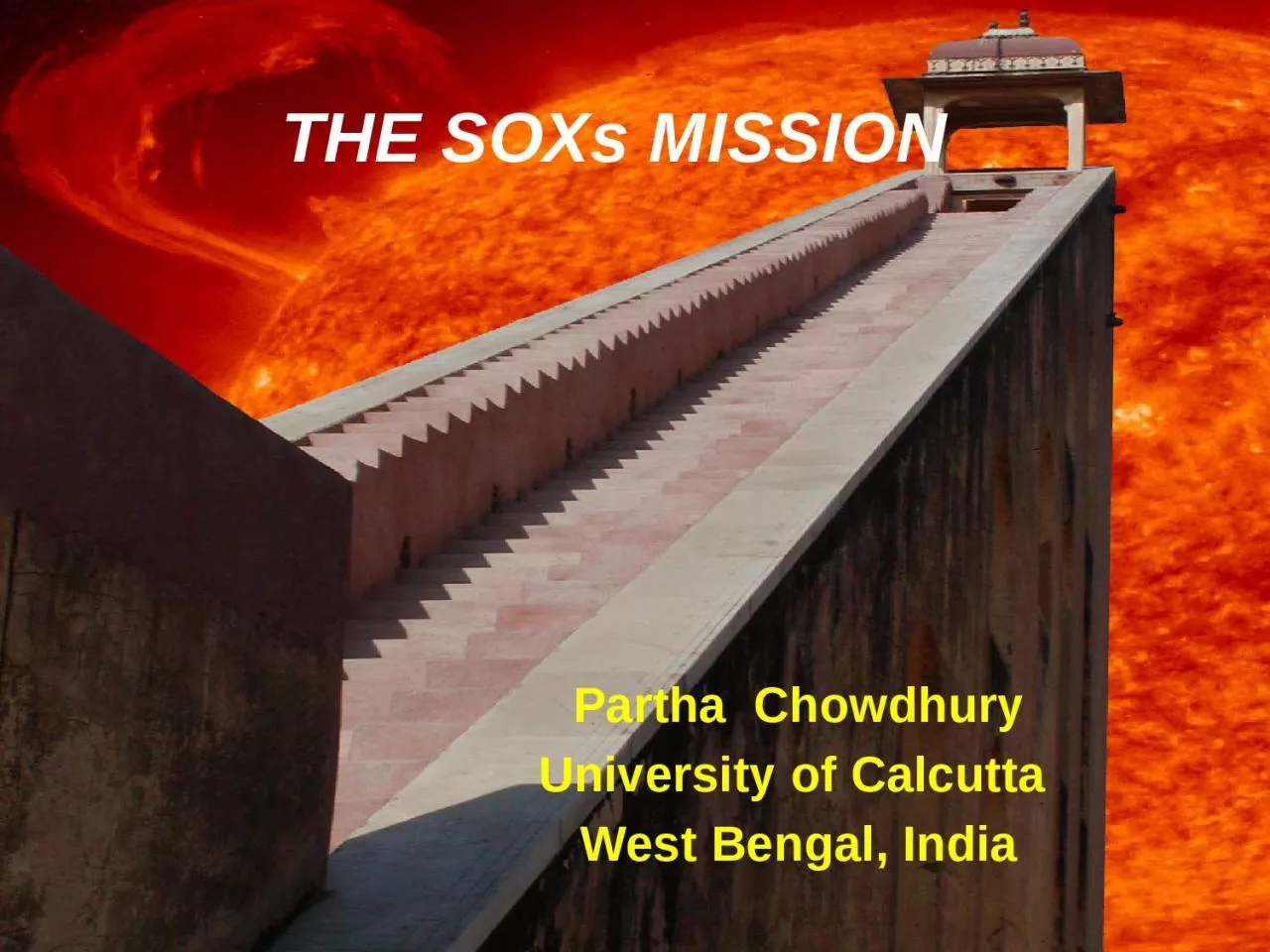
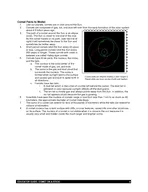
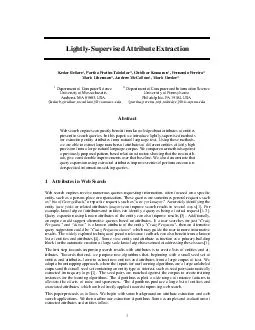
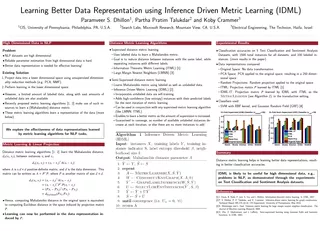







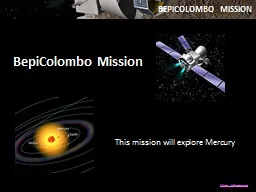
![The separation of these two things [mission and church] which God has joined together](https://thumbs.docslides.com/692096/the-separation-of-these-two-things-mission-and-church-which-god-has-joined-together-must-be-jud.jpg)
